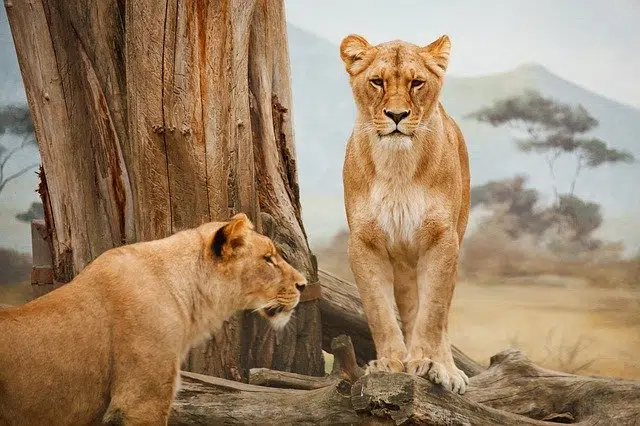
Zoogeography studies the distribution of animal species on Earth.
Zoogeography is the scientific discipline in charge of studying how different species of animals are distributed on the surface of the planet . It can be said that zoogeography is part of biogeography , the branch of biology focused on the analysis of the distribution of living beings on Earth .
Due to its characteristics, zoogeography can be linked to both zoology and geography . Experts in this specialty are dedicated to studying how the processes that led to a certain location of species in the world originated, as well as studying what factors modify this distribution.
Zoogeography and history
History is also related to zoogeography. Due to its characteristics, this discipline cannot generate knowledge based on a general principle, but rather has to focus on the changes that occur along a trajectory.
The evolution of species, orogenesis and climate changes , in this sense, are some of the issues that affect zoogeography. From their studies, specialists can explain the migrations of animals and the reasons for the dispersion of species.
As zoogeography has shown, the distribution of animals has changed greatly over the years. Therefore, animals that today are associated with certain territories, in ancient times lived in distant regions. These modifications can be noticed by studying fossil remains , for example.

Climate change, orogenesis and evolution affect zoogeography.
Division of the planet
It should be noted that, for statistical purposes, zoogeography divides the planet into several zoogeographic regions according to the analogies between different animal populations.
Specifically, today we find the fact that zoogeography divides the planet into the following regions:
-Palearctic. This is encompassing what is both the northern fringe of the African continent as well as Europe and northern and central Asia. Among the most significant animal species in this area we can highlight the seal, the brown bear, the wolf, the wild boar and the deer, among others.
-Ethiopia, which includes Madagascar, the Arabian Peninsula of Asia and Africa, except for the area that we have mentioned that belongs to the previous region. It is made up of animals such as the camel, the chimpanzee, the elephant, the lion or the gorilla, among others.
-Neotropical, which is made up of Central and South America. In this case, the most relevant or frequent species are the lizard, snakes, puma or chinchilla.
-Nearctic, made up of Greenland and North America. The polar fox, the penguin, the white bear, the seal and the northern duck are the animals that have their habitat in this area.
-Oriental, which encompasses what is South Asia. That is, both China, India, Indochina and the different archipelagos around them are part of this region. Here you can find everything from hyenas to macaques and rhinos .
-Australian. This, in addition to Australia which gives it its name, is made up of New Zealand, New Guinea and the islands of the South Pacific. It is identified by animals such as the koala, the kangaroo or the platypus.
